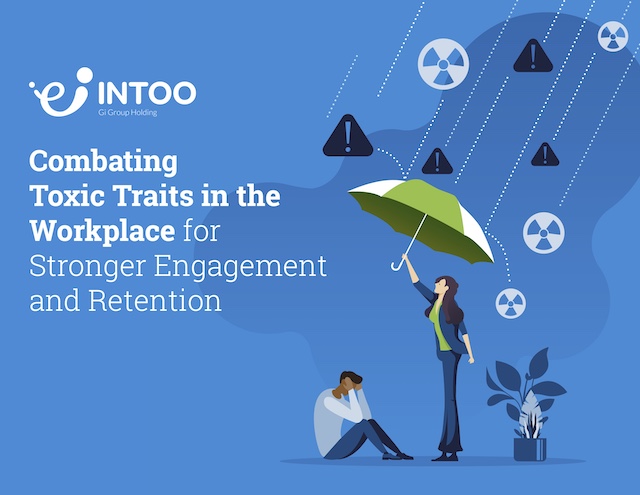When management reduces the number of staff in your organization, it can be a difficult process for you and your employees. Bankruptcy, mergers, loss of funding — all of these can result in a significant reduction in your workforce and, as a human resources executive, it’s your job to communicate the bad news.
You won’t be the only person to do this — layoffs are more common than you think. In the U.S., 21.9 million workers were laid off in 2018.
Following the steps below can make the process a little easier and protect the reputation of your company. Here are some common missteps to avoid when managing a reduction in force (RIF).
1. Not Communicating Properly
Communication is essential when management reduces the number of employees in your organization. The sooner you tell your staff about layoffs, the better. This provides employees with enough time to find a new job or make alternative work arrangements.
Don’t communicate an RIF via email or send a letter in the mail. If employees have served your company well over the years, they deserve to hear the news from HR directly.
What happens if you don’t communicate properly? The oversight could have an impact on your company’s sales. Research shows that 64 percent of consumers stop purchasing products and services from a brand after hearing news of its poor employee treatment.
2. Not Answering Questions
As a human resources executive, you might not be privy to every detail of an RIF, but you can help reduce anxiety by answering questions about the often-complicated process. Here are some common questions to expect when communicating a layoff:
- Why am I being fired?
- Do I still have to turn up to work?
- How long will I continue to work here?
- Why are some staff staying with the company?
- What about compensation benefits?
- What happens next?
Some of these questions might be difficult to answer, and you may need to get back to an employee at a later stage. The important thing is to communicate with staff as best as you can and alleviate their concerns about unemployment.
“Layoffs are never easy and they always create uncertainty and fear in the workplace,” notes The Balance Careers. “But, you can do layoffs in such a way that you win in the court of public opinion. You can do employee layoffs so that the employees who remain are encouraged by your effective, caring handling of the necessary layoffs.”
3. Not Dealing With Emotions Properly
Everyone reacts differently to layoffs. Some people will be emotional, while others may become angry. It’s important to help employees process this difficult news and provide them with the resources and support they need.
Although you can’t guarantee anyone a new full-time or part-time job, you can certainly help employees as they transition from their current position to a brand new one. Some of the assistance you can provide include:
- Virtual outplacement services
- A good employer reference
- Tips on how to find a new job, including modern methods like leveraging social media
- Information about career opportunities or a vacant position in your organization
- Information about lump sum payments and unemployment compensation, as well as life and health insurance
- Resume tips
- Emotional support for lack of work
- Further information about the RIF
Have a concrete plan for handling emotional employees. In case an employee becomes verbally or physically aggressive during your meeting, consider security and safety protocols ahead of time, and include a fellow HR colleague or security officer in the room as needed.
A reduction in force is bad news for displaced employees in your organization who have to find a new job. However, follow the steps above and you can manage this process effectively and provide people with the support they deserve.
Looking for more information on managing RIFs? Download our Reduction in Workforce Checklist now.











